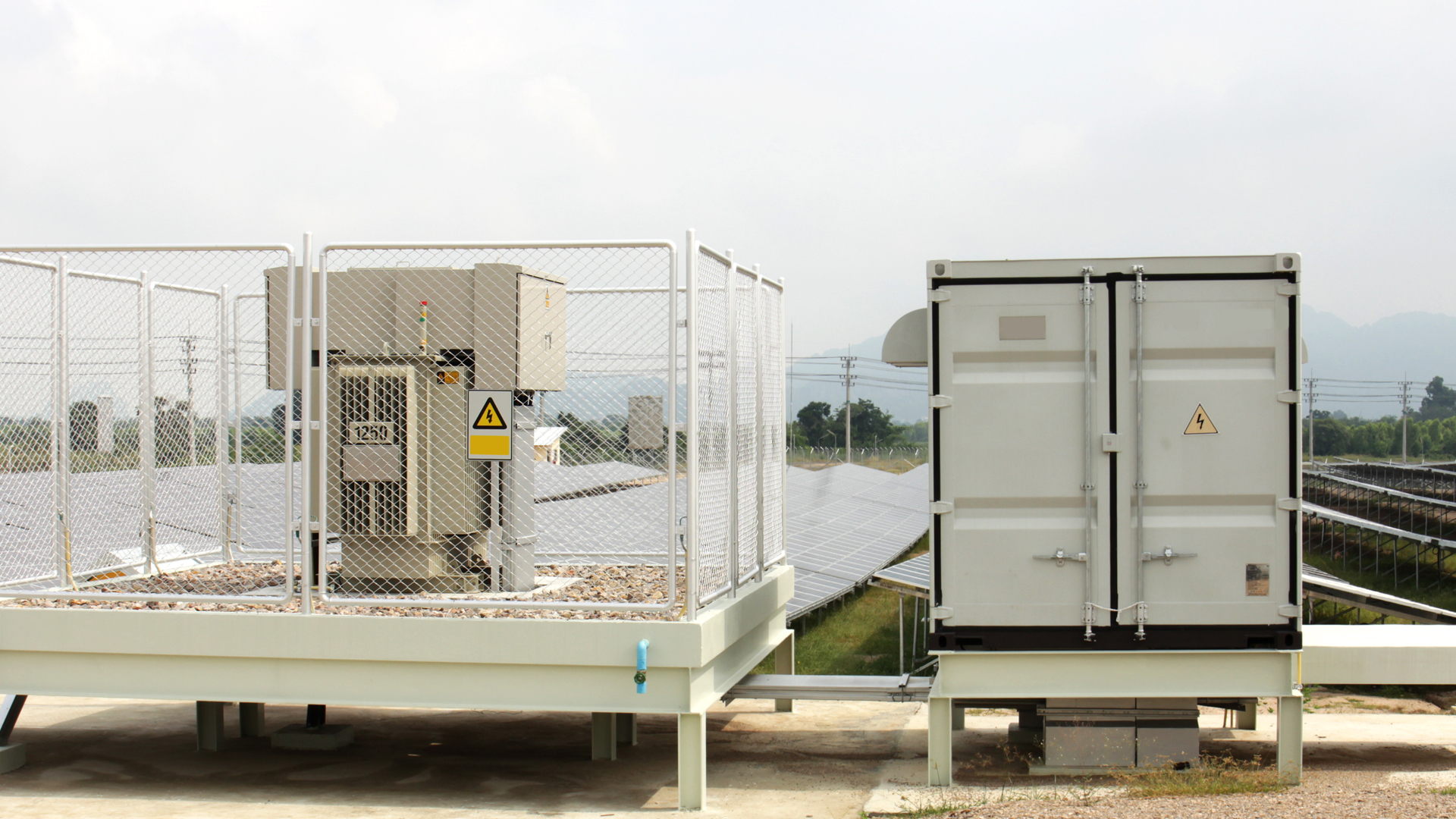Solar Inverter Platforms
As a family-run business, we forefront a hands-on approach to customer service, working closely with customers and project managers to ensure our solar farm infrastructure is complementary to larger systems.
The production of Venture Steel Group’s solar inverter platforms takes place on our two family-owned sites, with our team undertaking cutting and punching, forming and welding, on galvanised steel. These processes are aided by CNC machinery, facilitating an efficient and economic manufacturing service with the timely delivery of products.
Our products can be delivered globally, with infrastructure manufactured by Venture Steel Group being used by global energy companies throughout Europe.
Venture Steel Group understands the restricted timescales of solar power projects, and strives to fulfill tight lead times where possible. You can contact us here for further details on timescales.
As established UK manufacturers of steel products, Venture Steel Group supply structural steel products to the solar power industry, including structures for inverter systems. We have been doing so since 2015, and have built up a solid knowledge base and industry partnerships within this time which aid our ability to provide a comprehensive service.

FAQ's
The main two types of inverters used within large scale solar power systems are central inverters and micro-inverters.
Central inverters are the most common type of inverter used for large scale systems - starting from around 100kW in size, they centralise and convert the cumulative power of all panels.
Micro-inverters are used for one singular panel - this is to more accurately measure individual solar panels, which can be used to increase productivity of each panel. Micro-inverters are more expensive than one central inverter.
A solar farm connects to an electrical grid firstly through an inverter which changes the direct current produced by solar panels to alternating current which can be employed by the Grid; this current then connects to a grid through a point of interconnection - this is different for utility-scale and community scale systems but connection is facilitated by a distribution line or transmission line, or substation which ensures the appropriate voltage is distributed for the Grid.
The task of a solar inverter is to take the DC current of the solar panels and transform it into an AC current for a household to use in appliances and devices. String inverters work by connecting the panels together to form a single-panel system. Micro-inverters work by connecting panels to independent inverters to sustain operations when panels are shaded. The inverters accept DC current and reverse it rapidly to create AC current for the output.
A solar inverter’s main purpose is to convert DC current from solar panels to AC current for households, but they offer more utility than that. A solar panel inverter platform helps maximize energy production with efficiency gains; they can also monitor your system’s output helping you to maximize energy usage. Solar inverters also communicate with the grid and detect any faults.
Solar panels capture the sun’s energy and transform it into DC electrical current that is then stored in batteries. However, DC current is not suitable for the majority of households and solar panel farm designs that uses AC current. A solar inverter is a device to convert DC electricity into AC current for homes. A solar panel inverter access platform is an integrated solar panel inverter system that converts current and provides platform access to facilitate maintenance.
A solar inverter access platform is a device to convert stored DC current collected by the solar panels into AC current to be used in the household. AC is current loses less electricity when transported over large distances and is cheaper than DC current overall. There are two main types of solar inverter, one is called a String Inverter, and the other is known as a Micro Inverter.
There are three solar inverter types: string inverters, micro-inverters, and power optimizers. These systems transform DC to AC current except for power inverters which are DC to DC. String inverters connect the panels together in a single system, while micro-inverters operate independently. Power optimizers work the same as micro-inverters but are cheaper to install.
There is a difference between DC and AC currents. DC is a one-directional flow of electricity and is most effective for storing energy in batteries. AC current is a variable current that reverses and changes magnitude; it has fewer losses over distance and is better for home appliances. Solar inverters convert DC to AC current by alternating its flow rapidly before output.
Solar inverters tend to be efficient, with only some losses to heat and power usage. However, some solar inverters and more efficient than others; this often depends on the quality of the inverter. Inefficiencies in inverters are caused by heat loss in the system. Some of the DC currents are also used for running the system. Higher-quality systems can convert more power.
Contact Us
Venture Steel Group works with all types of structural steel, including galvanised and hot and cold rolled steel. We fabricate gauges of 0.38mm-6.00mm and sections up to 10m in length, to cater to most client requirements.